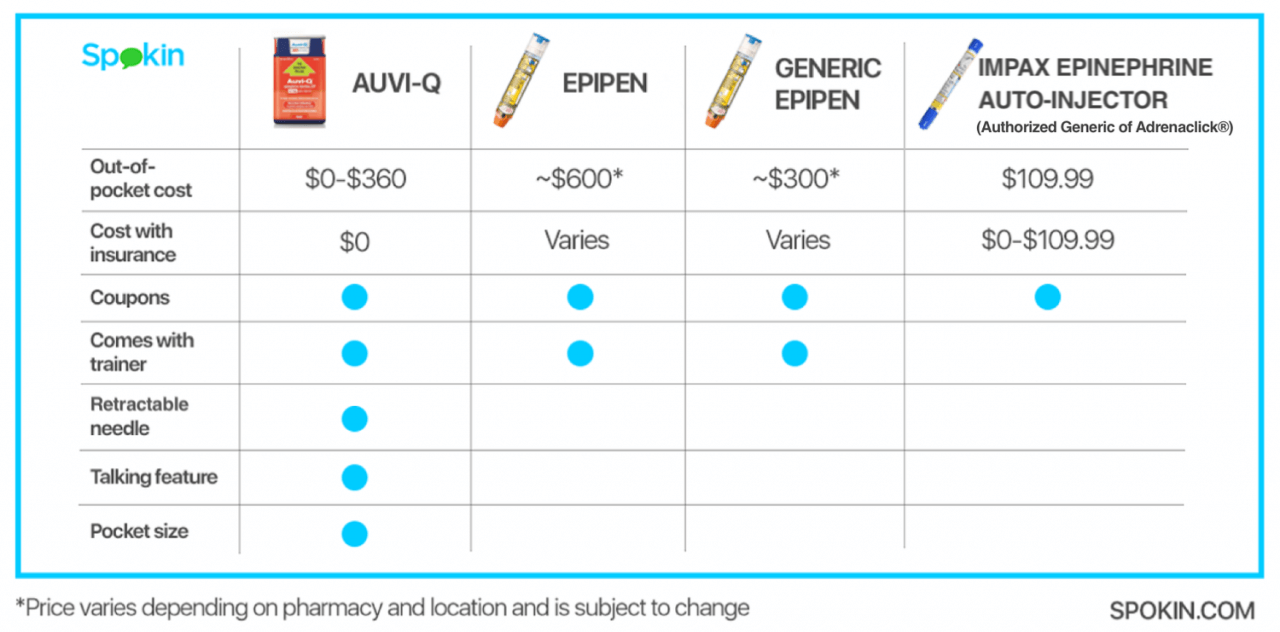When are fish allergies discovered?
Unlike other food allergies that impact babies and young children, fish allergies typically do not develop until later in childhood, adolescence or adulthood. According research led by Scott H. Sicherer, MD, at the Mount Sinai School of Medicine in New York, along with other studies, around 40% of fish allergies do not occur until adulthood.
How to avoid fish
Always read labels for fish ingredients before consuming. Because it is a top 8 allergen, federal laws require that labels clearly identify if a product contains fish. Also take note of “may contains” statements which detail whether or not there is a risk of cross-contamination with fish during the manufacturing process.
Fish is commonly found in Worcestershire sauce, Caesar salad/dressing and is sometimes in imitation crab products in the form of surimi, a processed fish paste made from Alaskan pollock and other fish species. Asian cuisine also uses fish-based stock for many dishes. Also steer clear of fish sticks and anchovies, which do contain “real” fish.
If you eat some kinds of fish, be careful to avoid eating fish that has been in contact with the types of fish you are allergic to. Be mindful of areas where seafood is being cooked, as fish proteins may become vaporized and airborne while cooking. When dining out, be sure to ask about the fryer as many restaurants cook fish in the same oil as chicken and french fries.
Fish can often be found in:
- Chinese, African, Indonesian, Thai and Vietnamese food
- Caesar salad and Caesar dressing
- Worcestershire sauce
- Bouillabaisse
- Imitation or artificial fish or shellfish (surimi)
- Meatloaf
- Barbecue sauce
- Caponata, a Sicilian eggplant relish
- Caviar and fish roe
- Ceviche
Foods to avoid:
- Anchovies
- Bass
- Catfish
- Cod
- Flounder
- Grouper
- Haddock
- Hake
- Halibut
- Herring
- Mahi Mahi
- Perch
- Pike
- Pollock
- Salmon
- Scrod
- Swordfish
- Sole
- Snapper
- Tilapia
- Trout
- Tuna
- Fish sauce (nuoc mam or nam pla)
- Fish sticks
- Fish oil
Non-food products that could have fish
- Lotions and cosmetics
- Vitamins
- Medicine
- Paint
- Insect spray
- Waterproofing products
Discover more!
Learn how to order in a restaurant with a fish allergy
Browse fish-free recipes







